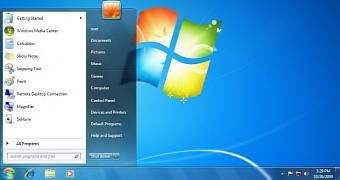Microsoft announced earlier this year that it would ship so-called Convenience Rollup updates (which include non-security improvements) for Windows 7 SP1 every month, thus giving users a quick way to bring their PCs up to date, and now the company is making more changes in this regard.
Starting October, Microsoft will release what it calls Monthly Rollups that address both security and reliability issues, so Windows 7 and 8.1 computers will get a single update patching everything (except for the Servicing Stack and Adobe Flash, with updates for these two to be released separately).
All Monthly Rollups will be cumulative, and Microsoft is going for an approach that’s very similar to the one in Windows 10, meaning that once you install the latest update, your computer is brought up to date, and no other patch is needed. Microsoft will use express packages, so only the updates that you need will be downloaded and installed, which makes the patching system faster and reduces the size of the download.
“Over time, Windows will also proactively add patches to the Monthly Rollup that have been released in the past. Our goal is eventually to include all of the patches we have shipped in the past since the last baseline, so that the Monthly Rollup becomes fully cumulative and you need only to install the latest single rollup to be up to date,” Microsoft explains.
A single monthly security patch
The Monthly Rollups will be available via Windows Update, WSUS, SCCM, and the Microsoft Update Catalog and will start shipping in October.
Additionally, Microsoft is also introducing a new monthly single security-only update that will include all Patch Tuesday security updates for a specific month packed into a single archive. These updates aren’t cumulative and include only security updates for that month and won’t be available via Windows Update, but only from WSUS, SCCM, and the Microsoft Update Catalog.
The purpose of this security update is to make it easier for enterprises and IT admins to patch their systems, as they’d have to download just a single security update and install it on computers.

 14 DAY TRIAL //
14 DAY TRIAL //